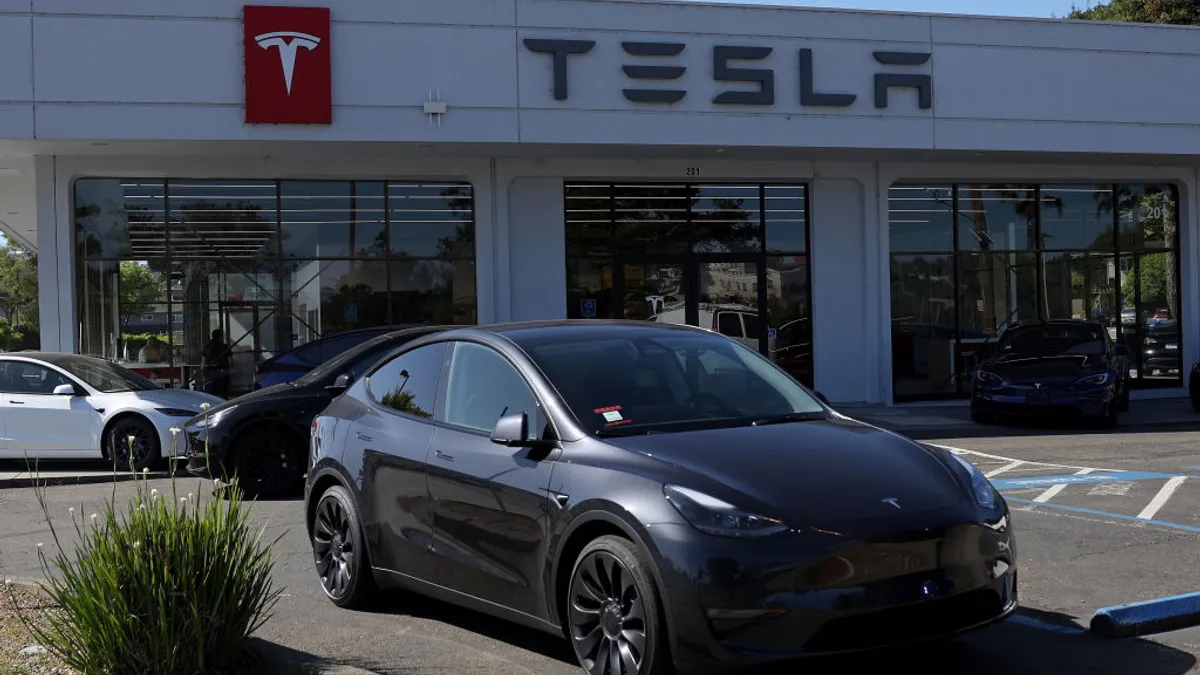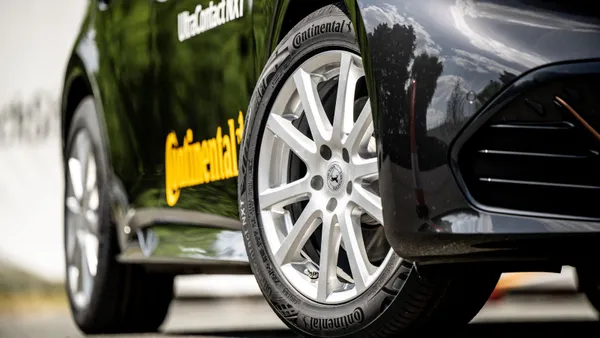The average amount of negative equity Americans owe on car loans reached an all-time high of $6,458 in Q3 2024, up from $5,808 a year ago, according to data released last month by Edmunds.
Additionally, a rising number of U.S. borrowers have these “upside-down” car loans, meaning they owe more than their vehicles are worth, with many rolling these unpaid balances into the financing of a new vehicle, Edmunds found.
Nearly one in four U.S. consumers who trade in their vehicles for new ones have negative equity car loans, part of an upward trend since 2022, when 15.5% of car shoppers trading in their vehicles had negative equity, Edmunds said. At least one in five consumers had negative equity of more than $10,000.
“A combination of uncontrollable market factors and misguided consumer financial decisions are contributing to the rise of this troubling trend," Edmunds Head of Insights Jessica Caldwell said in a statement.
Caldwell said that many new vehicles purchased during the “inventory crunch” in 2021 and 2022 were priced above the manufacturer's suggested retail price as consumer demand outpaced supply of vehicles — meaning that the value of the vehicle compared to the purchase price would have fallen more drastically as car prices stabilized. Plus, Caldwell noted that dealers’ increased use of discounts and other purchase incentives has weakened trade-in values.
Market conditions are also contributing to the rise in negative equity. As car prices and interest rates remain elevated, shoppers are taking out longer term loans to lower monthly payments. Edmunds reported that 69% of new vehicle loans were for more than 60 months, including 18.1% which were for 84-month terms.
"Longer loan terms might make monthly payments more palatable for consumers, but the harsh reality is that most Americans don't want to keep their vehicle for seven years," said Edmunds Director of Insights Ivan Drury. "Simply put, longer loan terms put car owners at greater risk of rolling negative equity into their next auto loan.”
Indeed, the average age of a vehicle at trade-in was 3.6 years, according to Edmunds.
The Edmunds data analysis also found that negative equity is on the rise regardless of vehicle type and is not restricted to expensive luxury models.
Drury suggests consumers should consider other options, including buying vehicles with higher resale values or other benefits, such as lower insurance costs.
“Find a car you really want and like, because if you don't you'll probably end up making the same mistake of trading in your newish vehicle too soon,” he said.











